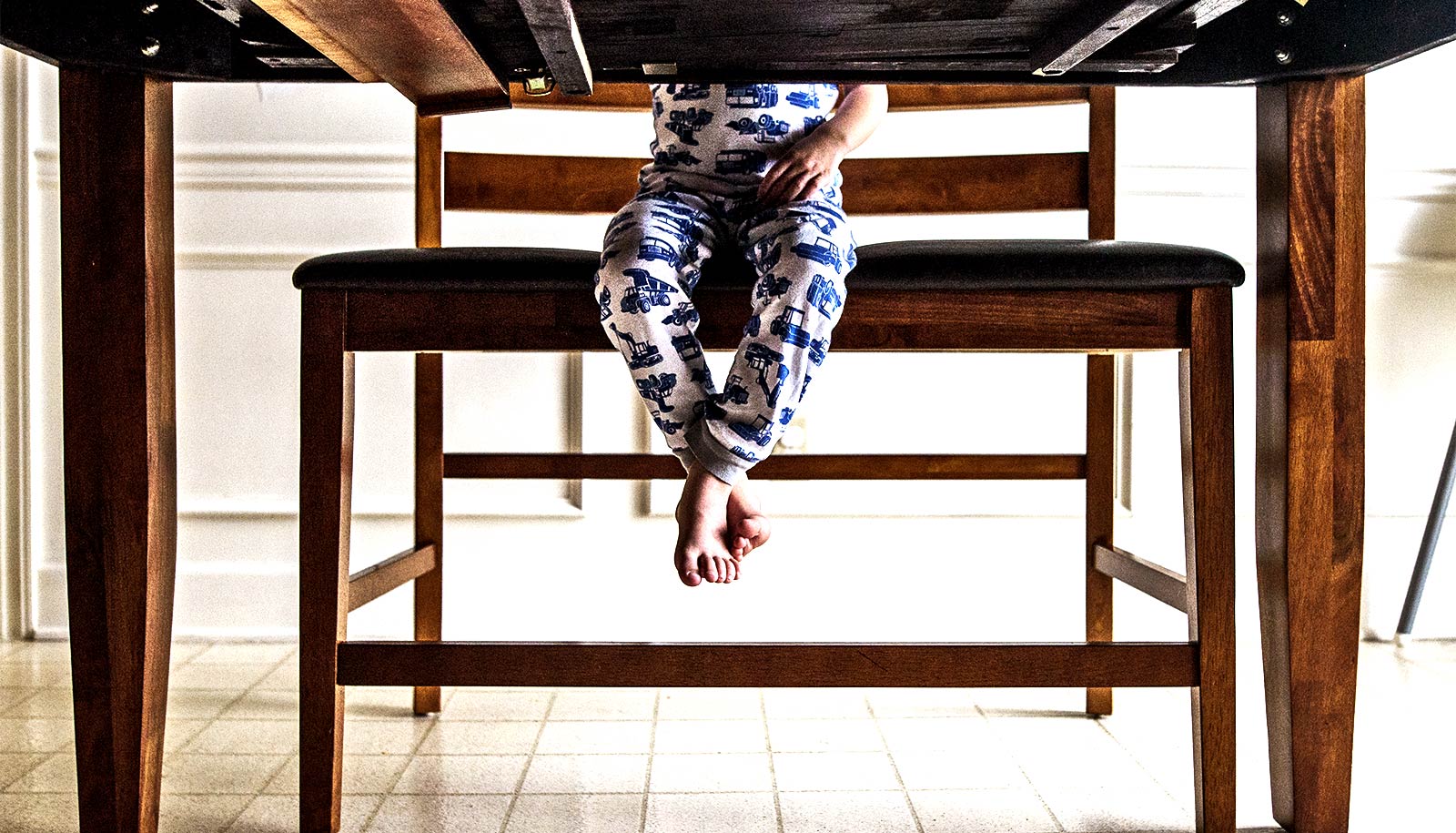Poverty has fallen by 27 percentage points since 1980, according to new research.
This change is in sharp contrast with official US Census Bureau numbers indicating that poverty has fallen a mere 1.5 percentage points in that time.
Using consumption poverty instead of income poverty as their measurement tool, the researchers found that poverty rates declined steadily between 2020 and 2022, a period when income-based poverty fluctuated noticeably.
These findings were recently released in the Annual Report on U.S. Consumption Poverty: 2022.
Using data from the US Bureau of Labor Statistics’ Consumer Expenditure Survey and the US Census Bureau’s Current Population Survey, the researchers challenge common misconceptions created by the official government poverty data. According to the researchers, consumption, which measures what families are able to purchase in terms of food, housing, transportation, and other goods and services, offers a better indicator of economic well-being than income, which can fluctuate for reasons unrelated to well-being.
Between 1980 and 2022, consumption poverty fell from 33.8% to 6.0%, even though the official poverty rate indicated a drop by only 1.5 percentage points over that same period.
The researchers identified three key factors contributing to the disparity between consumption and official poverty metrics: flawed adjustments to the federal poverty line to account for inflation, reliance on a narrow definition of income, and biased measures of family resources.
“Our poverty estimates, based on how much people consume, are a much stronger indicator of well-being for the most vulnerable than those based on income,” explains James Sullivan, professor of economics and director of the Wilson Sheehan Lab for Economic Opportunities (LEO) at the University of Notre Dame. “Government surveys miss many income sources that are important to those struggling to make ends meet, and income varies for many reasons that are unrelated to well-being.”
The researchers’ report further disputes the notion of a sharp decline in poverty in 2021 followed by a substantial rise in 2022. Consumption poverty patterns did not exhibit such fluctuations. Instead, consumption poverty declined steadily during recent years while income poverty fluctuated dramatically, the coauthors note, reiterating that the patterns for income poverty overstate changes in economic well-being.
“Annual income will not reflect the standard of living of individuals who smooth consumption by drawing upon savings or by borrowing,” the researchers say. “This distinction is particularly relevant when income is fluctuating significantly, as was the case for families with few resources during the pandemic due to sharp changes in employment and sporadic cash transfers.”
“There is evidence that families saved more in 2021 in response to the third round of the temporary stimulus payments and the expanded child tax credit,” Sullivan explains, “which resulted in a more stable pattern in consumption poverty.”
In addition, while many pundits have argued that the 2021 fall and 2022 rise in income poverty is largely due to the child tax credit, the researchers’ findings show that other factors explain much of this pattern.
“While the child tax credit played an important role, the primary reason income poverty was sharply lower in 2021 than in the preceding and following year was because of the economic impact payments (or stimulus payments) paid out in 2021,” Sullivan says.
Using their consumption-based measures, the coauthors found that over the past six decades poverty in America was reduced not only through tax rate cuts and tax credits, but by the expansion of other anti-poverty programs as well. Increases in Social Security benefits have helped, as has the impact on earnings due to greater educational attainment. Overall economic growth in the country has also played an important role in the sharp decline in poverty, the researchers conclude.
The researchers release updated consumption-based poverty reports annually to coincide with the Census Bureau’s report, offering the latest, closest-to-real-time data. Explore these reports, along with poverty rates, visualization tools, and additional resources, at povertymeasurement.org.
Additional coauthors of the research are from the University of Chicago and Baylor University.
Source: University of Notre Dame



